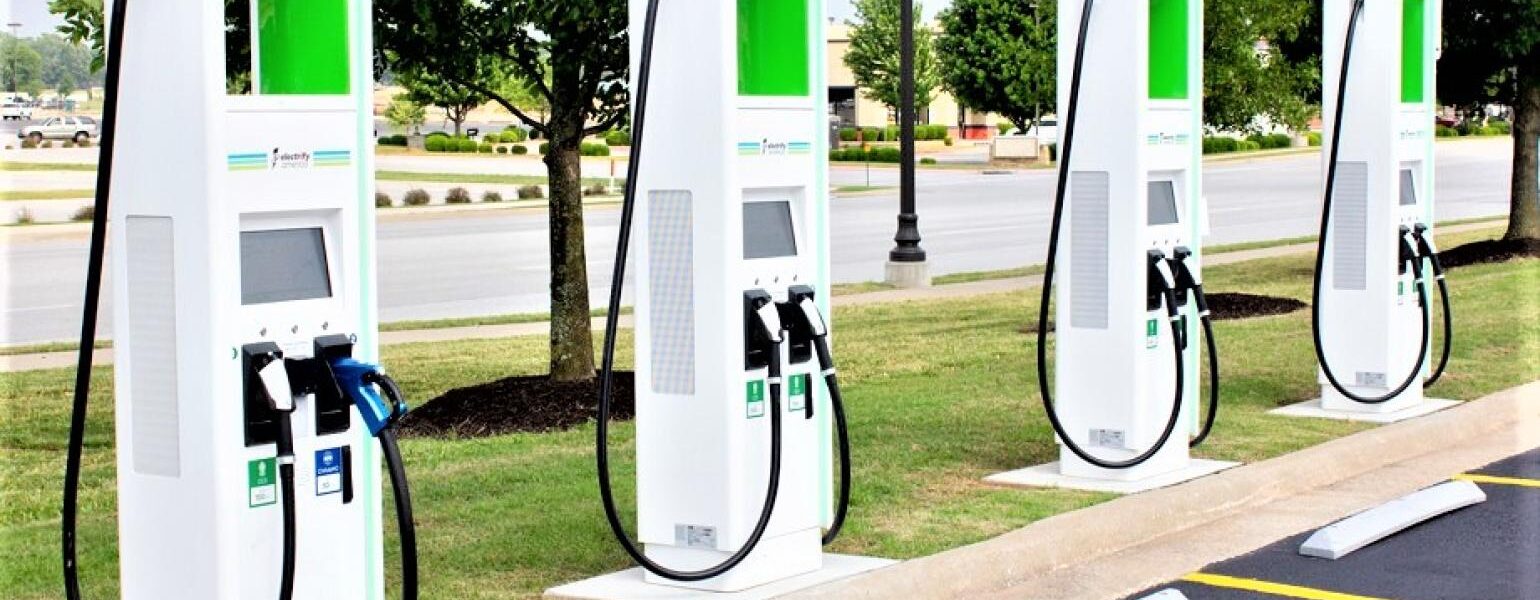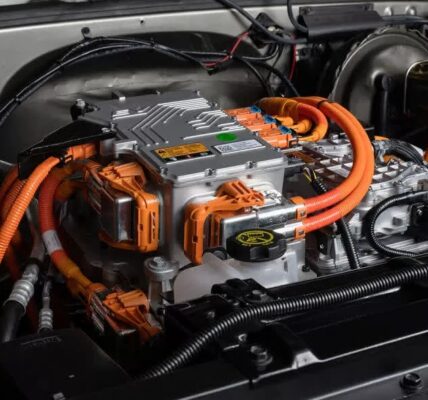The U.S. Department of Energy estimates about 46,000 public electric-vehicle charging stations are scattered across the country today. This number is anticipated to grow exponentially in the coming years with the recent authorization of more than $1.5 billion in federal funds dedicated to building out a national charge network.
We are today, however, at the nascent stages of EV commercialization and infrastructure deployments. The current U.S. EV charging network is rife with geographic gaps, an assortment of plug types and charging speeds, and little interoperability.
Due to the natural concern drivers face with EV range anxiety, and compounded by today’s limited charging station infrastructure, long detours are not an option for drivers. Therefore, from the daily, local commute to long-distance trips, EVs rely on the vehicle’s embedded navigation system, routing calculations and the integration of vehicle systems and mapping technology.
As EV adoption increases, so will the understanding of the factors that impact how far you can travel on one charge. The range and performance of each battery varies by OEM and model, while numerous external circumstances impact an EV’s range, including elevation, slope, grade and even the outside temperature. Driving with the heat or air conditioning running at full blast negatively impacts vehicle range. Aggressive driving at high speed has a similar effect.
This makes information management around the charging process and the available charging infrastructure one of the most important tasks an EV’s navigation system must fulfill. Indispensable to this is a solid database that integrates all available information from multiple sources. This includes charging station locations, relevant plug types, accepted payment methods, operating times and current availability.
These parameters are based on a real-time API connection, based on energy balances with consideration of both kinetic and potential energy, that must be constantly updated. In addition, it is advantageous if the system can filter the relevant charging points according to different criteria – for example, capability, options for reservation, prices or operators. In this way, the systems enable intelligent charging choices and offer real added value for EV drivers looking for an optimal route in terms of charging points.
Intelligent Routing Functions Support Route Planning
In addition, the navigation system should offer advanced routing functions that support efficient trip planning and routing. Factors such as topography, current power consumption, battery charge level and the distance still to be covered must be considered to maximize range. Because this is also influenced by current temperatures and other climatic conditions, weather data should be included. All values should be continuously adjusted dynamically and coordinated with driver preferences.
For example, the driver may want to choose whether they prefer fast or low-cost charging. There are charging stations that enable comparatively expensive DC fast charging. AC charging stations, on the other hand, usually transfer power much more slowly but at a lower cost.
In addition, the solutions should offer users the opportunity to participate interactively. In this way, defective or occupied charging stations can be reported and charging stations that have not yet been registered can be added. In addition, modern navigation systems can perform permanent simulations of the range. On this basis, the current motion data can be used to continuously check the driving profile and adjust it accordingly. In addition, this information can be used to analyze the current traffic situation on the route as well as personal driving behavior.
To ensure such intelligent range management, data must always be up to date. For this reason, the navigation system should be fed by location-based, digital map data that is updated in real time.
E-mobility is a whole new field of application for modern navigation technologies. The focus must be on information relating to the charging process, range and charging infrastructure along the entire route.








